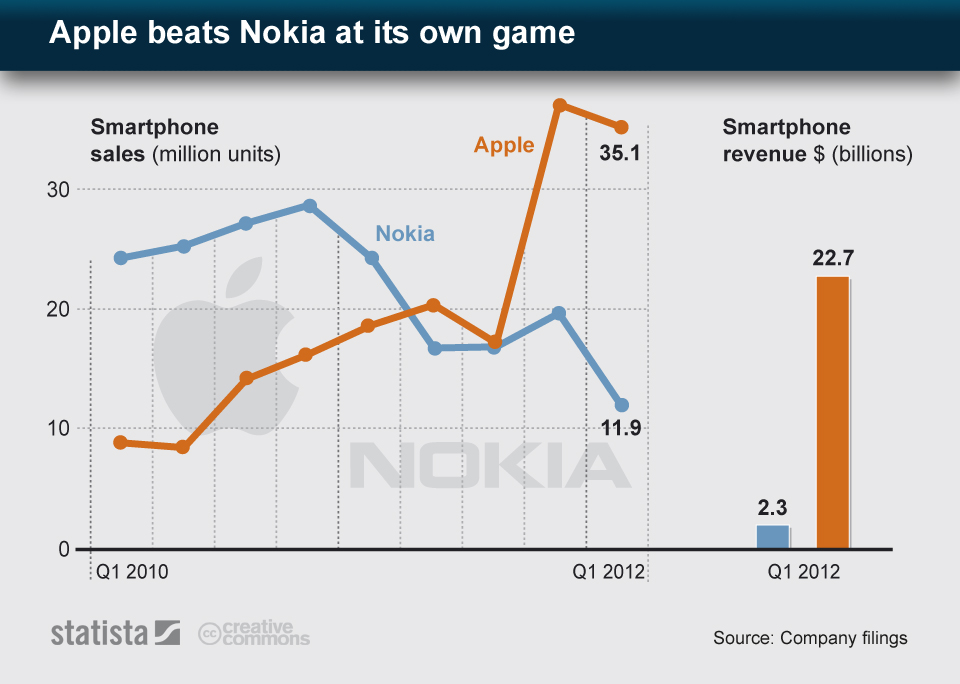
4 Omnichannel Pitfalls Marketers Must Avoid to Drive Growth
Omnichannel pitfalls in marketing are as common as finding coal while digging for diamonds. In a landscape more competitive than ever, persistence is everything. From digital to offline, in-house teams to out-of-home placements—marketers are chasing their buyers across every imaginable touchpoint.
With so many platforms and campaigns running simultaneously, it’s not hard to predict when something will fall through the cracks. The trick? Spot the fall before it happens—and pivot. That separates a brand that fades fast from one that stays on top. Omnichannel marketing is the bridge that connects brands to people—wherever they are, on whatever screen, with whatever attention span. But does that mean copy-pasting the same ad across every billboard, Instagram feed, or TV slot? Not even close.
Today, we’re diving into the most common—and costly—omnichannel pitfalls in marketing. Here’s what every marketing executive must avoid to grow, thrive, and actually connect in a fast-evolving market.
Why omnichannel isn’t just “everywhere marketing”
Being present across multiple channels isn’t the same as being omnichannel. True omnichannel marketing means every interaction—whether in-store, online, via an app, or on social—is part of a single, seamless experience. Without this coherence, even the most creative campaigns can collapse under customer confusion or frustration.
That’s why understanding where brands typically go wrong is the first step to getting it right.
Foundational pitfall: Ignoring market evolution
Before iPhones and Galaxies ruled the world, Nokia had the crown of the mobile industry. It had market dominance, global reach, and a die-hard fan base. But then, almost overnight, it all started to unravel.
Why? Because Nokia did the one thing a brand can’t afford in any era—it forgot the fundamentals. It stopped listening to its users. It ignored shifts in market trends. It stayed stuck in its bubble, assuming past success would carry it forward. Spoiler: it didn’t.

The same danger lurks in the world of omnichannel marketing. Brands get so caught up in pushing out content across platforms, tracking metrics, and automating everything that they lose sight of what matters: being present, relevant to trends, and staying connected to the people who buy from them.
Omnichannel isn’t just about being everywhere—it’s about being aware. Your website, social media, physical stores, email list—every single touchpoint should speak the same language and evolve with the market. The moment your brand starts operating in silos or repeating outdated strategies, you risk becoming invisible.
Nokia stopped evolving, and the market moved on. In today’s business world, you might be mute if you’re not adapting and actively listening.
Integrational pitfall: Failing to sync online and offline
Neglecting seamless integration between two different worlds, i.e., online and offline, is one of the main reasons behind omnichannel pitfalls in marketing. Your brand is saying ‘A’ while a customer is in a physical store, while the same person finds out your website is saying ‘A+1’ for the same.
Loss of trust and credibility. Even one penny of difference will cost a brand million in engagement and revenue.
Forever 21 is the latest prey caught in the trap of digital and offline experiences. Once known for its trendy-mass appealing fashion stores, when consumer behavior started shifting toward online shopping and digital convenience, Forever 21 was late to adapt.
Rise of Temu, Shein, Zara, and other competitors invested heavily in digital infrastructure, mobile apps, e-commerce UX, and click-and-collect models. Forever 21 lacked the seamless experience today’s shoppers expect, and inventory between in-store and online wasn’t synced—meaning items could show up as in stock online but be unavailable in-store, or vice versa.
Slow digital integration and poor omnichannel integration were major factors in Forever 21’s fall. This is a textbook case of how failing to align offline and online strategies can derail even the most iconic retail brands.
Branding pitfall: Inconsistent branding across channels
Brand identity is like your brand’s personality. If you show up to every channel with a different face, voice, or vibe—your audience will stop trying to figure you out. Worse, they’ll forget you altogether.
In omnichannel marketing, confused branding is a silent killer. When your Instagram is quirky, your LinkedIn is stiff, your email campaigns sound like they’re from a different decade, and your packaging screams something else entirely—consumers don’t know what to expect or who you are.
One brand that faced the heat of inconsistent branding was Gap. 2010 Gap introduced a new logo, hoping to modernize its look. But it clashed so hard with customer perception that backlash hit in less than a week. Gap reverted to its original logo just six days later. Fast forward to more recent years, and Gap’s challenge hasn’t just been visual identity—it’s been about where the brand stands in a market where Gen Z, Millennials, and even Gen X are all seeking different things. Is a Gap for basics? Is it trendy? Is it premium?
However, the recent Gap campaign has brought cultural relevance to every generation. Let’s cross our fingers on that one.
Technological pitfall: Poor tech integration
Omnichannel marketing might sound like a creative challenge, but tech is its backbone. When your tools don’t talk to each other, your data’s outdated, or your user experience is clunky, the whole strategy crumbles.
Hurting your tech stack is like giving your customer a map with missing streets. They might get there eventually—but not without friction, frustration, or abandoning the journey altogether.
A great (or rather, not-so-great) example? ASOS. In 2023, the fashion giant faced tech-related order issues and inventory inaccuracies after switching warehouse systems. What was meant to improve efficiency ended up delaying orders and frustrating loyal customers because the tech wasn’t tested well enough for seamless integration. Despite being an e-commerce leader, the hiccup reminded everyone that even digital-native brands are vulnerable when tech fails to deliver smoothness across platforms.
In omnichannel marketing, seamless tech optimization means more than just using tools—it’s about using the right ones, integrating them properly, and ensuring the user journey is as smooth on mobile as in-store, via email, or in an app.
Cut to the chase
Omnichannel pitfalls are inevitable—but avoidable. With consistent branding, synchronized platforms, and smart tech choices, marketing leaders can build lasting connections in today’s fast-moving, tech-first landscape.

